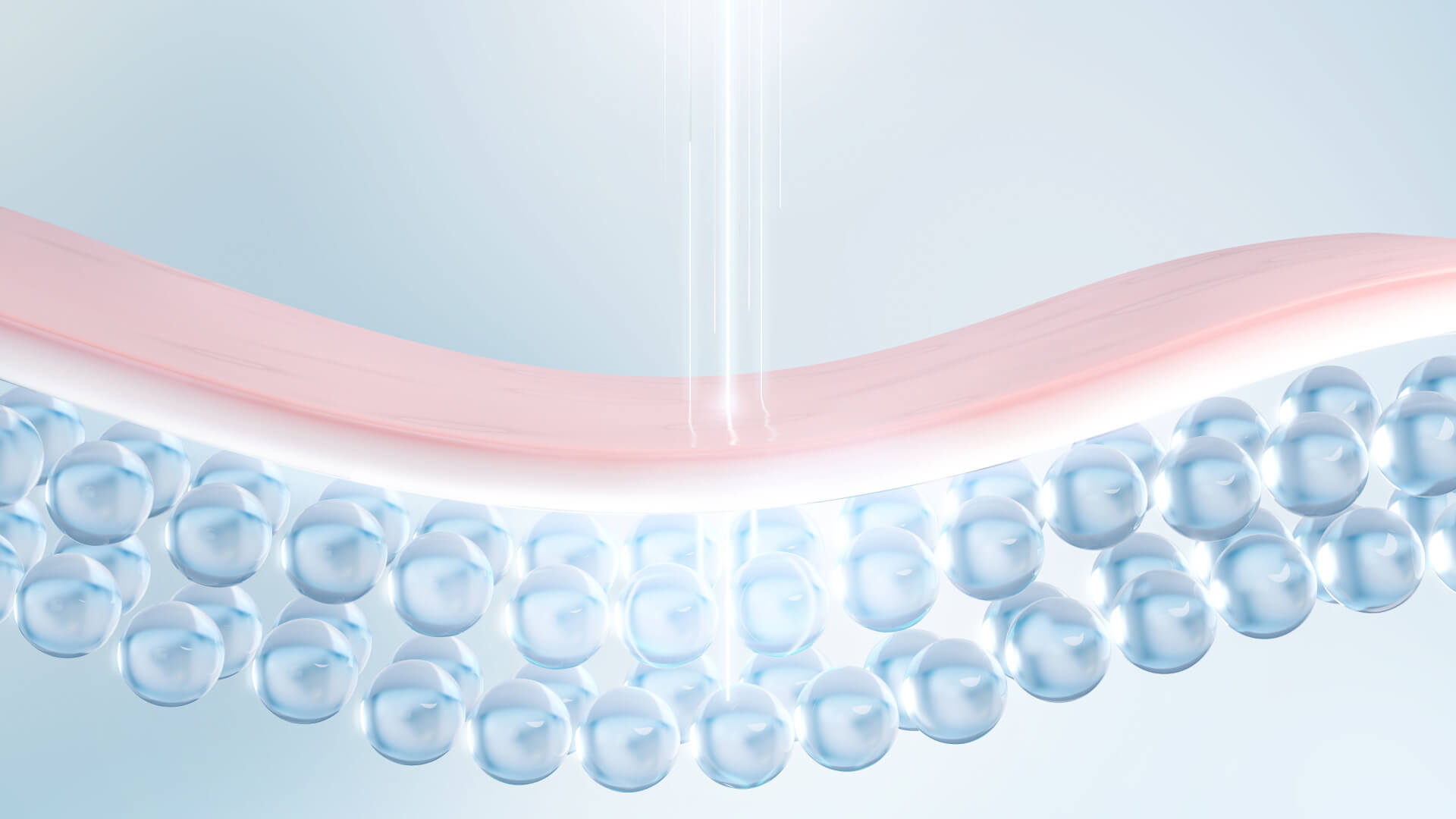February 13, 2024
The healing process is much more than meets the eye. For patients currently on their recovery journey, understanding the role of different cells and how they help the healing process can fundamentally alter the way you approach healing. From the moment an injury occurs, the cells in your body get to work, each playing a crucial part in the renewal of your tissues.
Whether you’re suffering from chronic pain, intense acute pain, or minor aches, learning how the recovery process works can help you decide how you can better improve your healing process. The healing devices from Gladiator Therapeutics may be able to help.
Unveiling the Magic of Healing
The body’s ability to heal is one of its most awe-inspiring traits. Each day, countless cellular processes mend wounds big and small, temper inflammation, and restore equilibrium. Understanding how even a few of the processes work empowers you to support your healing journey. The best place to start is with each of the different types of cells that help you heal.
#1. Platelets
When a wound opens, platelets serve as your body’s first responders. In form, they are tiny cellular fragments found in everyone’s blood. They form the backbone of clotting, which restricts the flow of blood and prevents excessive blood loss. But this is not all that platelets do. They also release a variety of growth factors that tell other neighboring cells to start the rebuilding process.
#2. Macrophages
After platelets start clotting your blood, macrophages arrive to check the wound site. These cells are part of your immune system. They work to engulf and digest cellular debris and pathogens. Macrophages also secrete cytokines and use growth factors that regulate inflammation and stimulate repair processes.
#3. Fibroblasts
Once the immediate threat to the body has been addressed and the wound site has been prepped, fibroblasts do their job next. These connective tissue cells are responsible for the production and organization of the collagen fibers, which form the scaffold of new tissue. They also play a role in wound contraction, helping to close the wound.
#4. Endothelial Cells
After the groundwork for tissue repair is laid by platelets, macrophages, and fibroblasts, endothelial cells come in. They create the intricate network of blood vessels that will supply the budding tissue. This process, known as angiogenesis, is crucial as it ensures that there is an adequate blood supply to nourish the developing structures.
#5. Stem Cells
As the last cycle of the healing process unfolds, stem cells reign supreme. These master cells have the extraordinary capacity to renew themselves and differentiate into various cell types, offering the raw materials for the regenerative processes. Whether replacing damaged cells or contributing to the complex structures of new tissues, stem cells are instrumental in the final act of healing.
Contact Gladiator Therapeutics For More Information
If you’re ready to engage with cutting-edge technology that supports the journey of these healing cells, Gladiator Therapeutics offers state-of-the-art devices designed to enhance your body’s healing response. It’s never been more important to comprehend the depth and beauty of the healing process.
Contact Gladiator Therapeutics today to learn how our devices can help your healing cells do their job.

